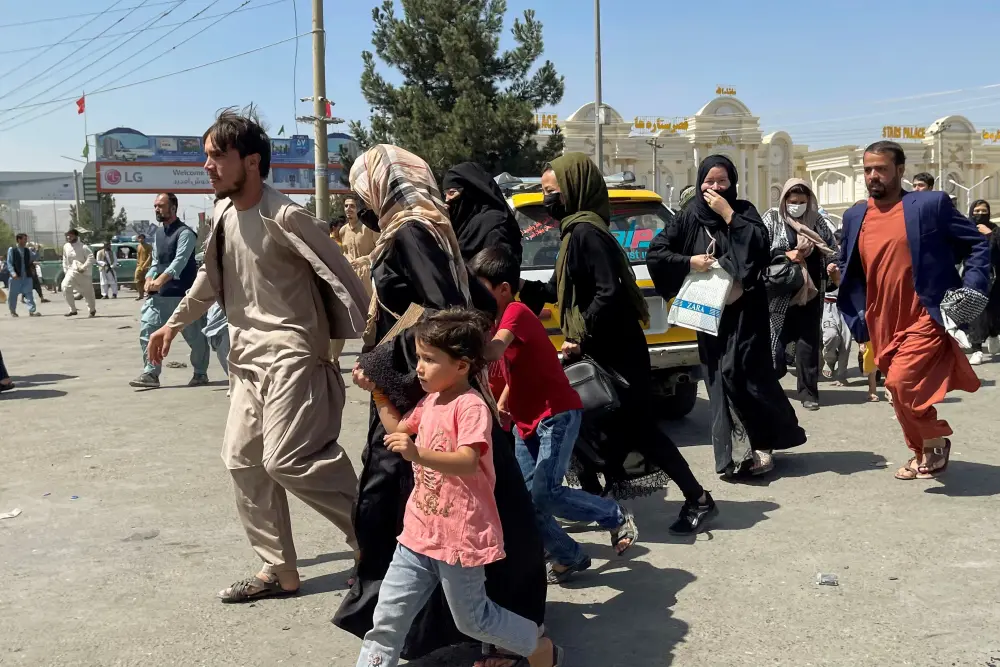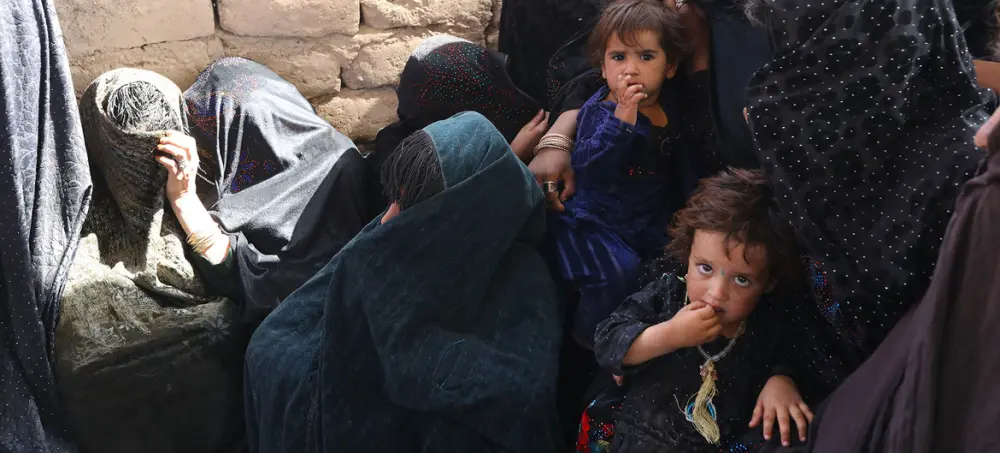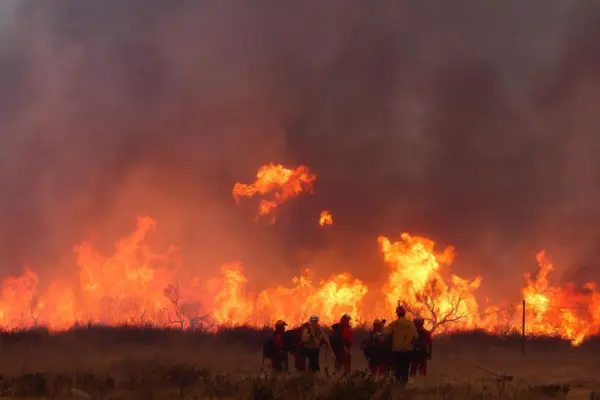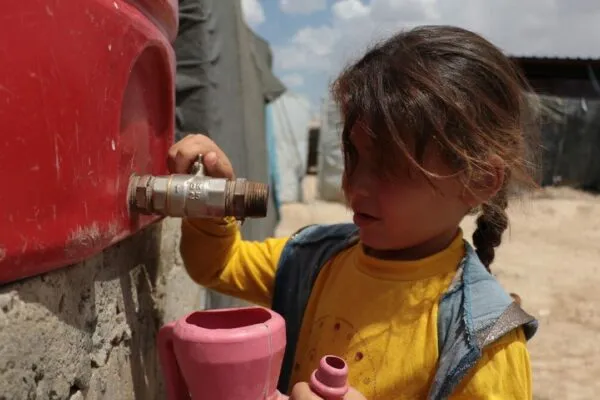Food Security Dwindles in Afghanistan as Winter Sets In, Over 22 Million People Starving
Lack of funds and a record increase in food prices has left many Afghan citizens hungry, with some forced to sell their children to survive
The political conflicts in Afghanistan have prompted stark food insecurity in the country as winter sets in. The lives, livelihoods and access to food for over 22 million people is at risk as the country is threatened by the possibility of severe famine under Taliban rule. According to the latest Integrated Food Security Phase Classification (IPC) report, Afghanistan is facing a critical food crisis that requires urgent global attention and aid.
The report was co-led by the Food and Agriculture Organization (FAO) and World Food Programme (WFP). It comes in light of the recent events where parents are selling their children for money so they provide for the rest of the family.
The report found that over one-in-two Afghans will face Phase 3 crisis or Phase 4 emergency levels of critical food insecurity from November through March. The report uses a five-level ranking system to categorize food insecurity, where level 1 is minimal and 5 indicates famine.

Image: Stringer/Reuters
In Afghanistan, nearly half the population is either witnessing level 3 or level 4 food insecurity. It poses an existential threat to millions in the country and needs an urgent international response to avert this humanitarian catastrophe.
FAO Director-General QU Dongyu, said;
It is urgent that we act efficiently and effectively to speed up and scale up our delivery in Afghanistan before winter cuts off a large part of the country, with millions of people – including farmers, women, young children and the elderly – going hungry in the freezing winter. It is a matter of life or death.
During a decade of conducting IPC analysis in the country, it is the highest number of dangerously food insecure people ever recorded by the UN. The country is home to one of the largest numbers of people facing severe hunger.
WFP Executive Director David Beasley said that people can’t be fed with promises and with rising hunger children are dying. The situation requires immediate attention and financial aid.
Crisis-level insecurity means that people have food shortages and are skipping meals. To deal with the crisis, they resort to selling belongings or seeking extra work. However, in recent months, the country’s economy has declined steeply, mostly because of the withdrawn international aid that evaporated as the Taliban returned to power in August.

Image: Marco Di Lauro/WFP
The report also indicated a 37 percent rise in the number of Afghans dealing with critical hunger since the last assessment in April. About 3.2 million children under the age of five are among those at risk, who are expected to fall victim to malnutrition by the end of the year. Moreover, UNICEF warned that one million children are at risk of dying from severe acute malnutrition without immediate treatment.
The WFP chief said;
Afghanistan is now among the world’s worst humanitarian crises – if not the worst – and food security has all but collapsed. This winter, millions of Afghans will be forced to choose between migration and starvation unless we can step up our life-saving assistance, and unless the economy can be resuscitated.
The situation worsened owing to an acute drought that began in late 2020 that led to reduced snow in the mountains, consequently, hurting the crop yields that mostly depend on snowmelt.
Without international aid, the country is likely to face one of the worst humanitarian crisis in its history. So much so that fathers are selling their young daughters to rich men as wives in exchange for money in order to feed their families.
Via: Washington Post


